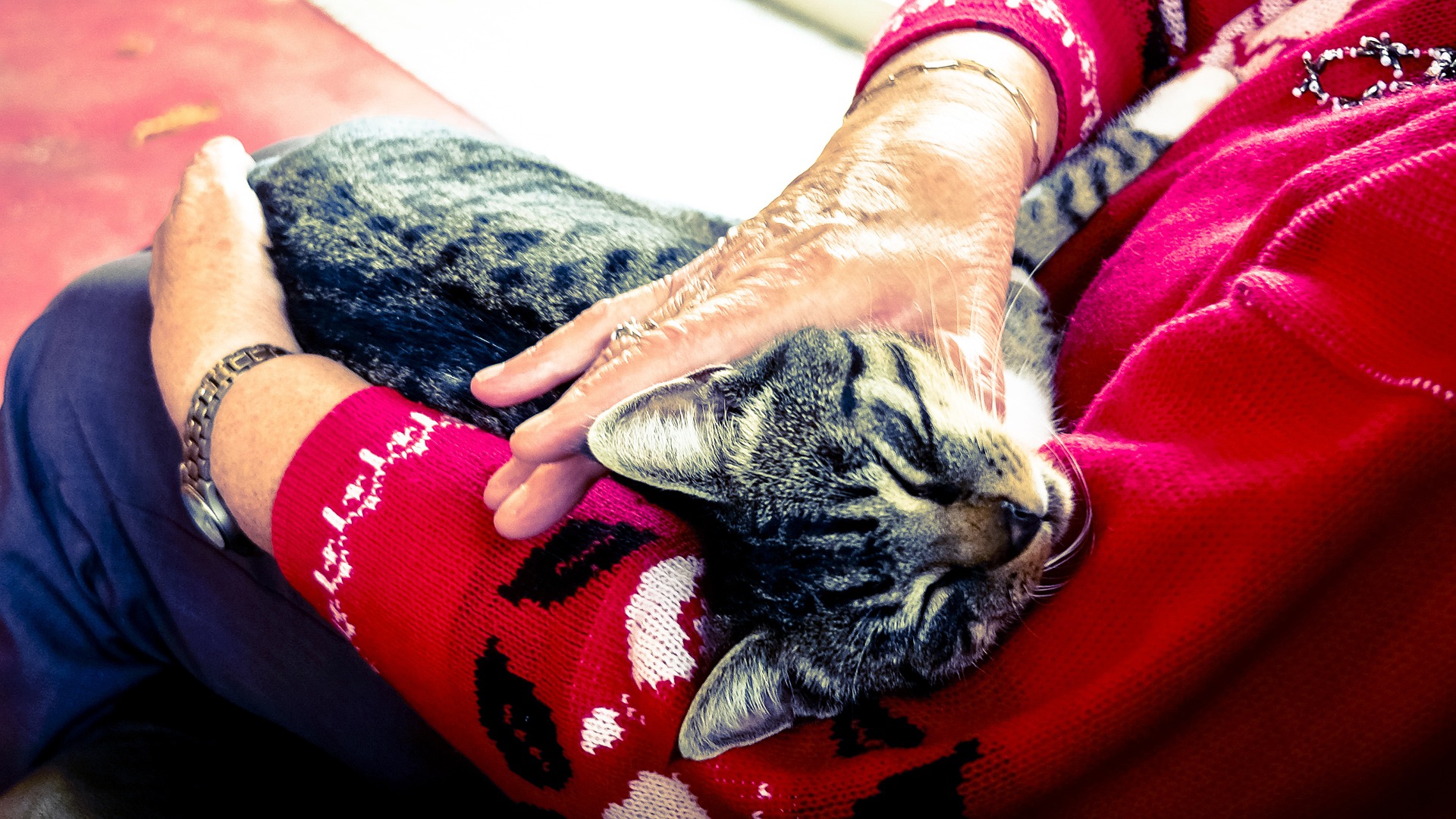A surgeon I know used to say: “I would rather be a surgeon treating cancer than an internist battling kidney failure or a cardiologist fighting heart failure.”

Cancer surgery is one of our most common surgeries at Lehigh Regional.
We have made tremendous progress in the way we treat cancer.
Let’s review the 4 main weapons we use to fight cancer.
1. Surgery
This treatment option won’t surprise you coming from a surgeon.
Yes, the first approach to treat cancer is very often surgery. There are three main reasons for that:
Obviously, the first reason is to (try to) remove the disease. The second reason is to send some biopsies to the lab for analysis under the microscope. Finally, there are cases where we would recommend surgery, not to cure, not to diagnose, but to improve the quality of life of the patient for a certain period of time. This is called palliative surgery.
The golden rule in cancer surgery is to remove enough tissue to end up in healthy tissue.
Ending up in healthy tissue or getting edges free of cancer is called “obtaining clean margins.” For example, with many skin masses, we often try to remove about 1 inch in every direction. This means above and below the tumor, to its right and its left, and very importantly, underneath the tumor.
Daring to remove enough tumor depth-wise is typically the challenging part.
Now, this is the theory.
In real life, it is not always possible to remove 1 inch in every direction.
Let’s take the example of a quarter-sized skin tumor on a dog’s leg. It would make sense that removing the tumor with generous margins in a Lab is easier than in a teacup poodle or cat. Obviously, removing 1 inch in every direction in a poodle or a kitty would mean removing the leg.

Granted, amputation is unfortunately a surgery we recommend in some cases, such as bone cancer.
With bone cancer, we cannot just remove the diseased part.
Because bone cancer (most commonly osteosarcoma) is so aggressive, amputation is typically the first recommendation.
Theoretically, every organ in the body can be affected by cancer.
Practically, we can remove many organs in the body, or at least part of it.
Body parts we can remove, and have removed often, include an eyeball, the spleen, parts of the liver, numerous skin tumors, part of the jaw, part of the bladder, part of the lung, and many others, including several amputations, all because of cancer.
Typically, after 7 to 10 days, the biopsy results are back, and we can discuss the next treatment options.
2. Chemo
The most common modality or follow-up treatment after surgery is chemotherapy or “chemo.” This is yet another word that scares many pet owners.
However, chemotherapy can be as simple as daily cortisone or an anti-inflammatory drug (piroxicam).
Of course, there are fancier protocols where we use one or several human chemo drugs, usually in an IV form.
Although this can definitely vary, chemo is usually given by a specialized internist called an oncologist.
Here are a few things that I typically tell pet owners when we discuss chemo:
- Chemo is not as bad in pets as it is in people. Why is that? Well, pets are pets. What I mean is that pets have a different metabolism than people, so they react differently to drugs. For example, pets typically don’t lose their hair. Also, because we know that we cannot give another 20 years to our patients, our protocols may be gentler than in humans.
- We emphasize quality of life over quantity of life. In other words, we would rather have 6 months of happiness than 6 years of misery.
- We do not hesitate to change the protocol depending on how the patient reacts. For example, if blood work shows that chemo is seriously affecting the white blood cells, we may delay the next treatment or choose a whole different drug. Wiping out the white blood cells could otherwise leave the door open to infections.
- This may not sound very scientific, but psychology plays a huge role, in my opinion. Pets don’t know that they are going through cancer and don’t have to deal with many of the emotions people struggle with.

The side effects of chemo typically depend on the type of drug we use. Chemo drugs affect dividing cells – healthy or cancerous.
Some of the quicker dividing cells live in the blood and in the intestine. Those cells are, therefore, also affected by chemo.
Therefore, all chemo drugs have the potential to lower blood cells (most often white blood cells) and cause vomiting and diarrhea.
Other side effects depend on the drug. Some are known to affect the kidneys. Some may affect the heart.
These potential side effects should be explained to you during the chemo consult.
3. Radiation Therapy
In some specific cases, we recommend Radiation Therapy or RT.
It works best to treat “local” disease, e.g. in the skin, especially when we know we cannot get “clean margins.”
RT can be recommended in addition to chemo in some cases.
Think of radiation therapy as a fancy beam of X-rays focused on a tumor or the site where a tumor used to be.
We may be concerned with unclean margins because the tumor was difficult or impossible to remove.
Or, in some pets, we may be concerned with the strange or unpredictable behavior of the tumor. Because that “beam” is focused on a local area, the side effects are local.
On the skin, it typically causes a reaction similar to a bad sunburn.
Again, these side effects will be explained to you during the consultation.
4. Other treatments
Then, there are nonsurgical and nonmedical ways to help fight cancer.
For example, there is a diet that has been shown to help with some cancers. This diet is rich in protein, fat, and calories but low in carbs.
So it is similar to the Atkins diet.
Since sugar is used up by cancer, the idea is to starve the cancer.
Other modalities include holistic approaches such as supplements, Chinese herbs, and homeopathy, which you may or may not believe in.
So overall, there are many things we can do to help patients with cancer.
Surgery is often the cornerstone of cancer treatment.
In some cases, we will recommend chemo and/or radiation therapy.
Ultimately, the pet owner needs to decide whether to follow up or not, based on many factors.
In any case, it certainly helps to adjust to whatever the patient needs:
- it could be elevating the food bowl to help with meals
- or getting thicker bedding to improve comfort
- or brushing or cleaning the pet to improve hygiene.
- in other words, a little extra TLC is always a good idea.

A support system is also a good idea.
Family, friends, someone at your vet’s you feel close to. There are some good online support groups as well. You need to think of yourself as well.
Fighting cancer is not easy, and having some support makes it more bearable.
Overall, cancer surgery is one of our most common surgeries. The results are overall good, as long as you understand that we focus on the quality of life more than quantity.
That said, the ultimate goal is to achieve both at the same time.
If you would like to learn how we can help your pet with safe surgery and anesthesia, please contact us at www.LRVSS.com.
Phil Zeltzman, DVM, DACVS, CVJ, Fear Free Certified
www.LRVSS.com
